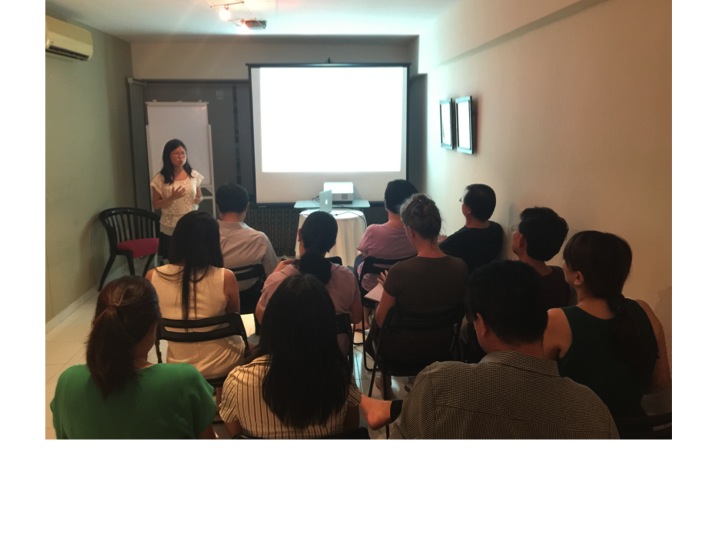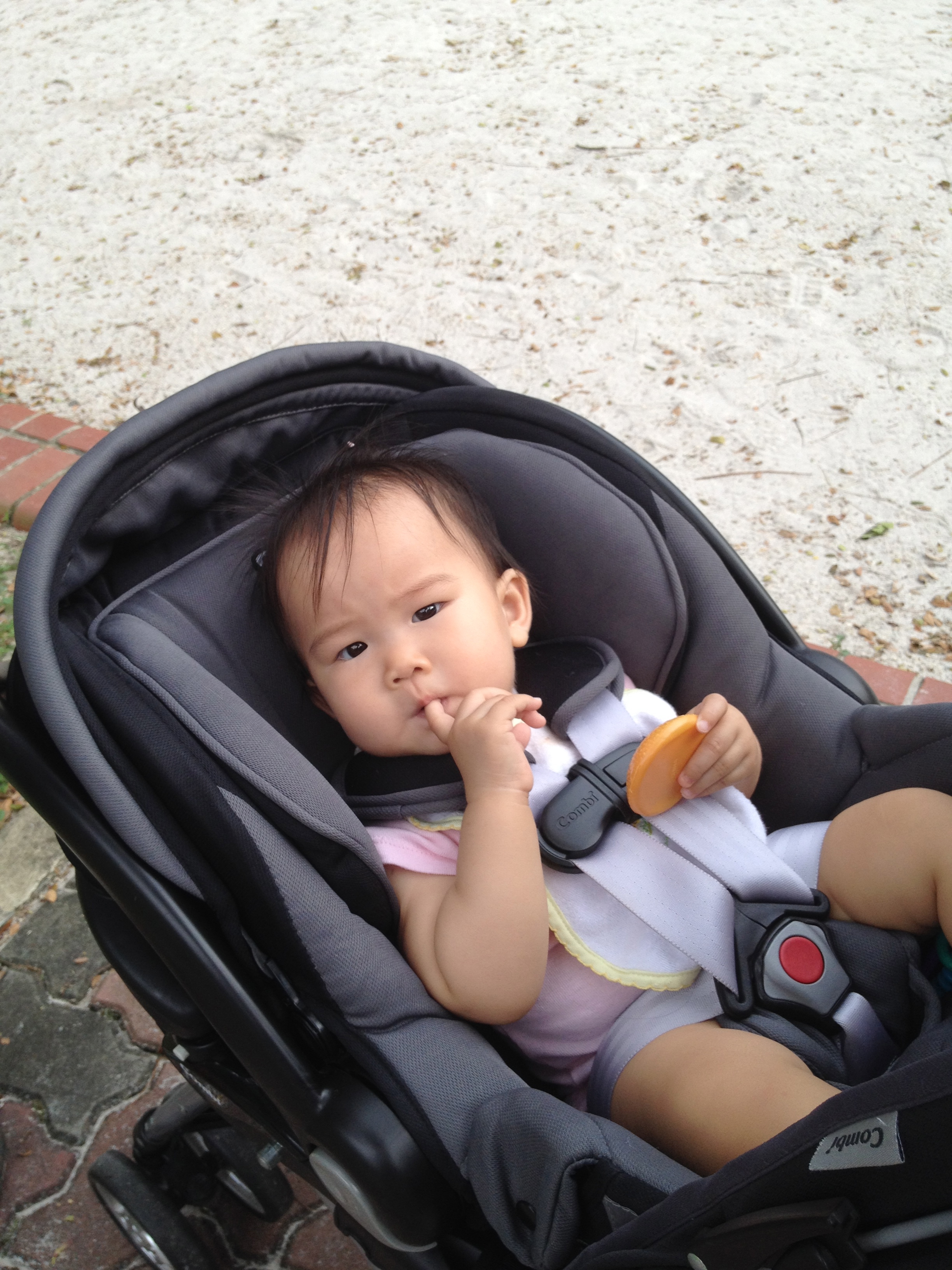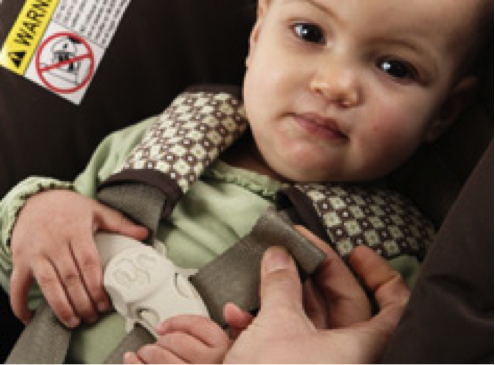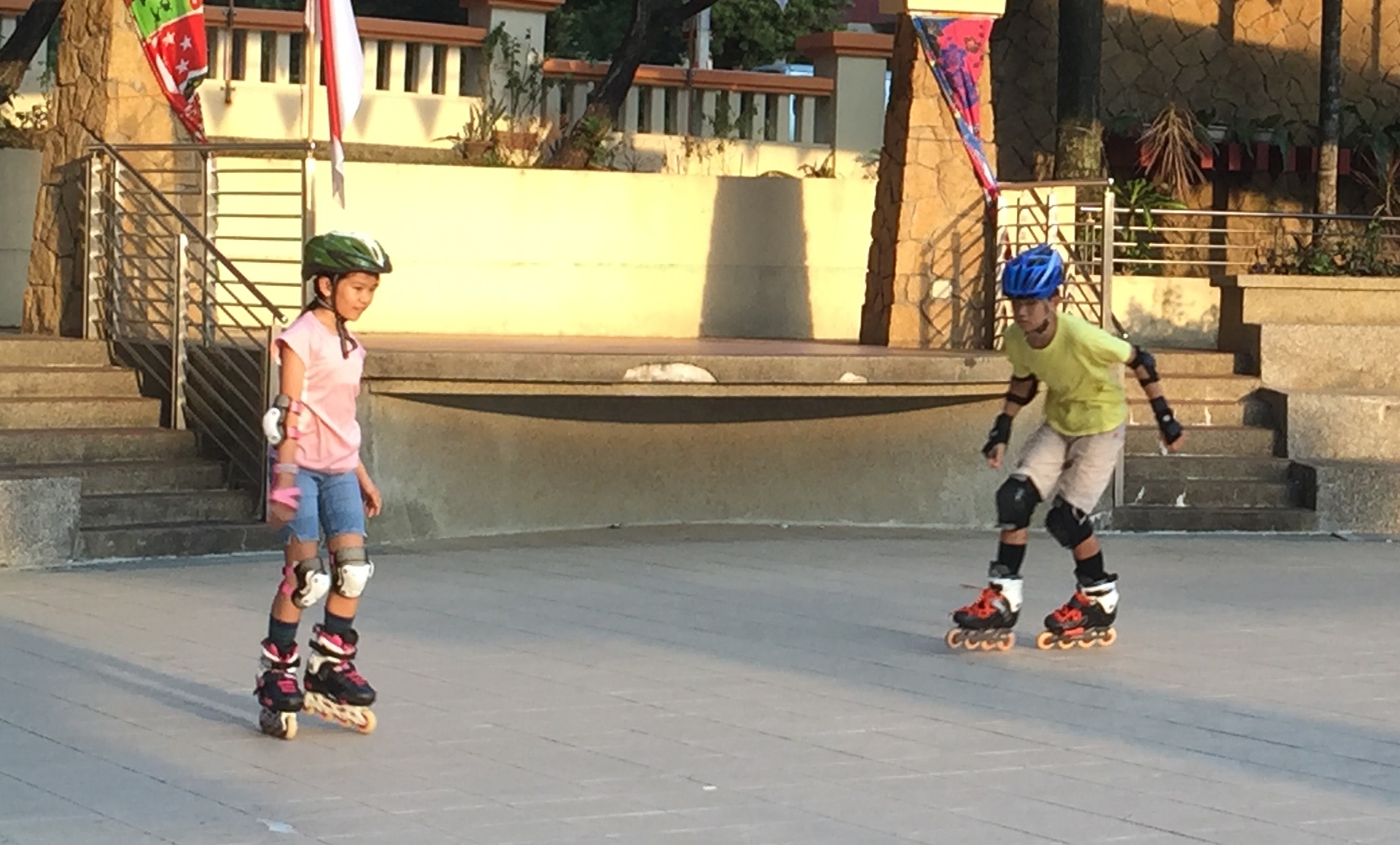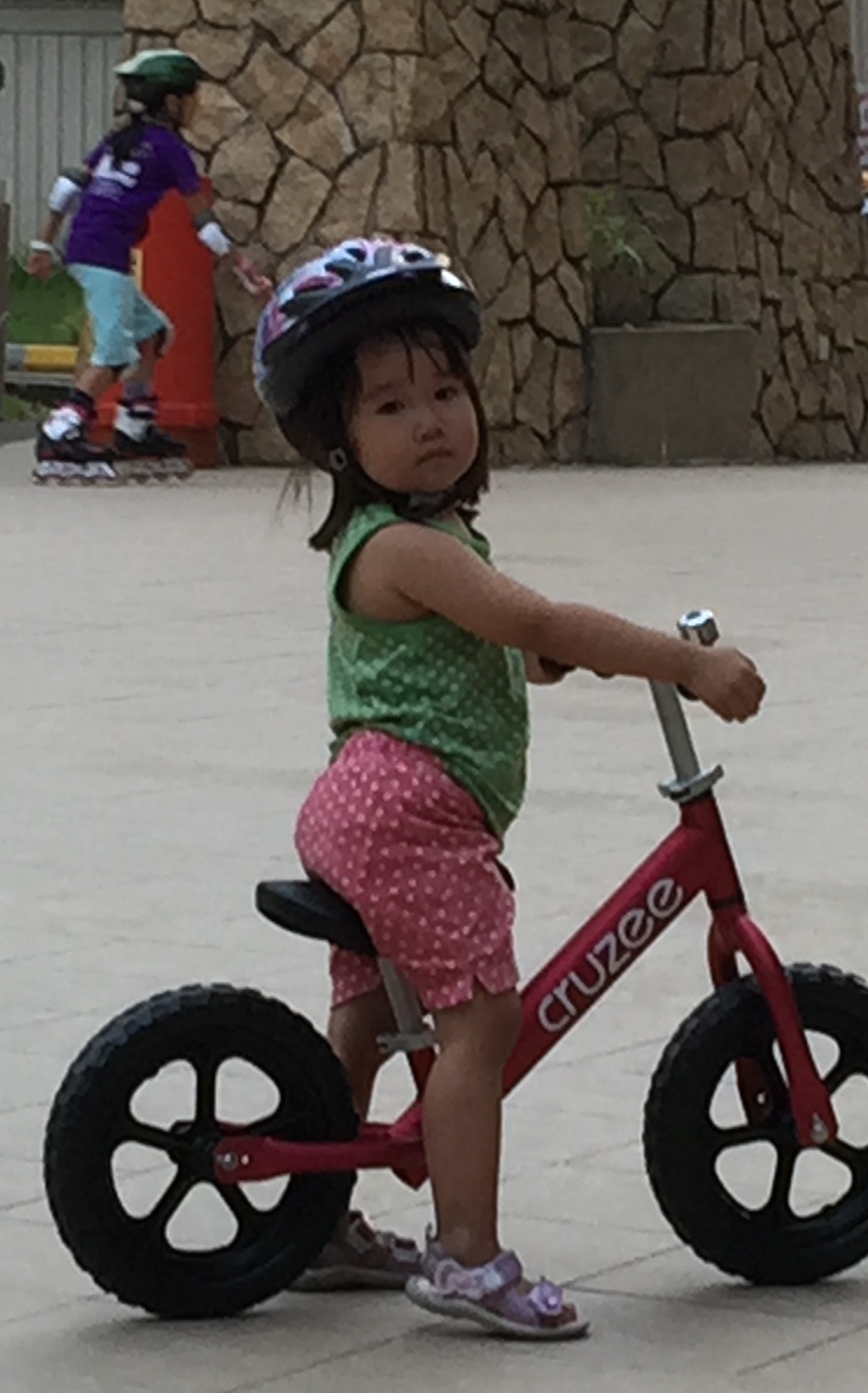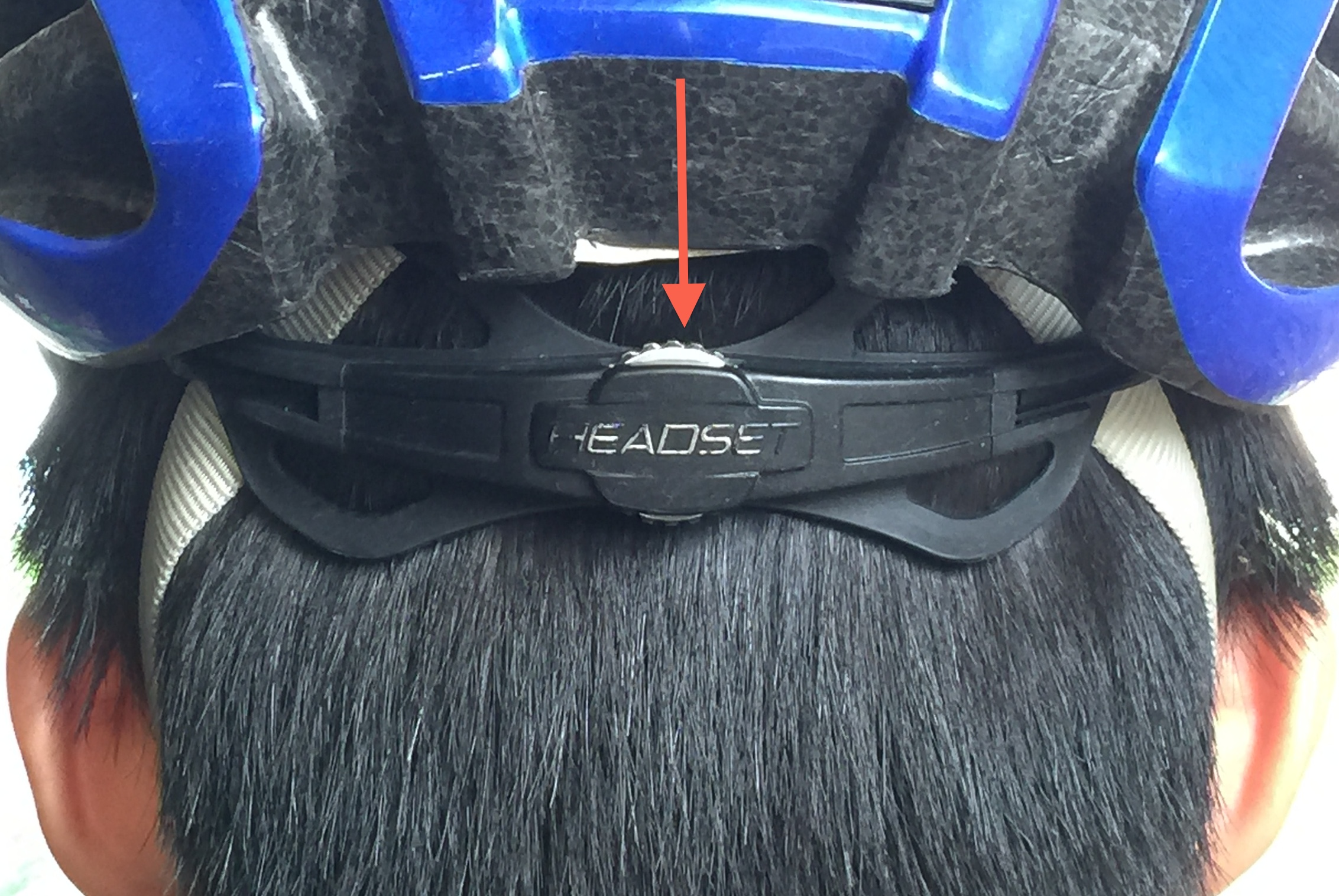… of resources taken to upgrade our parenting knowledge and skills.
1) Our Children Are Our Future
I believe we can all agree that our children are more than the grades that they get. We invest everything we have in their education and development not just so they can get excellent grades. We invest in our children because we love them and we want them to be the best that they can be. We invest in them so they can become the ones who lead, shape and create our future.
When our children grow up, they are going to be the movers and shakers of our society. The children we have at home are going to be the leaders of tomorrow, the creators of our future. They will be the ones who will shape humanity in one way or another. They are our future. Not just the future of our families. They are the future of humanity.
And because we are responsible for bringing them up to fulfill their roles in society, we need to sharpen our saws and upgrade our parenting knowledge and skills. It doesn’t matter whether it’s through reading books/websites/blogs on parenting, or listening to podcasts, or attending parenting programs, our children are worth the investment in time and money. But why should we improve yourselves, you may ask.
2) Our Children Deserve The Parents That We Can Be
Given that they are the future of humanity, we want to do our very best to help them develop. We pour in so much resources ensuring they do well in school, that they are exposed to music, sports, and all other enrichment programs so they are mentally, socially, emotionally and physically developed. We do everything we can to help them be the best that they can be. And that is great! What if I tell you, we can do even better?
It’s not just the children’s job to be the best they can be. We can’t outsource everything. There are things we need to do as parents. How do we parent them? How do we communicate with them? How do we express our love to them? How do we encourage them? How do we discipline them? There is a whole ton of studies and research out there on how these seemingly innocuous interactions have a HUGE impact on the development on our children. We can’t send our children to enrichment classes for that. After all, these are “parenting skills”, meant for parents. To help our children be the best they can be, we need to invest in our own parenting education.
We want the best for our children. They rely on us to give them the best exposures, the best learning opportunities, the best environment to grow and develop, based on our abilities of course. They also rely on us to know how to parent them well. They deserve the parents that we can be for them, and to be able to do that, we can learn and upgrade our parenting knowledge and skills.
3) When We Work Together, We Achieve More
Parenting cannot be outsourced. If our children “misbehave”, we can’t just send them for a program or camp and hope they can change their attitude and behavior. That might work for a while. But imagine if we ourselves learned enough to understand why they behave the way they do. Imagine if we arm ourselves with the skills and know-how on how to deal with those “challenges”. How would it be like if we, with proper understanding and know-how, work TOGETHER with our children? How much more growth and development can our children achieve? How much closer our relationship will be with our children?
It is my deepest desire that parents take the leap, make that investment in themselves and upgrade their parenting knowledge and skills so they can be more attuned to their children. When parents are attuned to their children, they will develop strong connections with them. With strong connections, they will know how to communicate and motivate their children. It is when connections are strong and communication links are opened that the children will be willing to listen to their parents. It is through learning more about parenting that parents can achieve all that and help their children be the best they can be. More importantly, they can still remain in loving relationship with their children.
When more and more parents do that, we can bring up a strong generation of leaders, movers and shakers. We can co-create a future that will bring mankind to another golden age.
Are you willing to invest in yourself so you can bring out the best in your children? If you are, one of the options available to you is to check out our Decoding Your Teen Seminar. I look forward to seeing you!
– Vivian –

